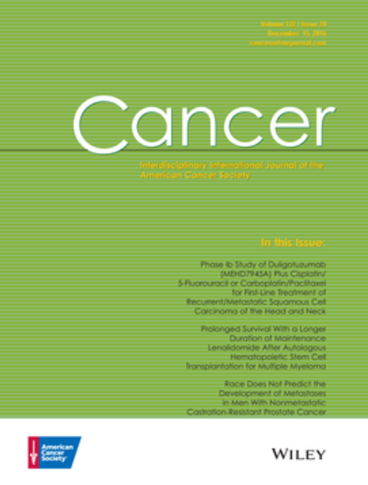The impact of the 1997 Office of Management and Budget standards for collecting multiracial data on the assessment of race-specific cancer rates of incidence and mortality in the United States
Abstract
Background
The differential implementation of the 1997 Office of Management and Budget (OMB) standards of collecting multiracial data affects the accuracy and comparability of race-specific cancer rates of incidence and mortality.
Methods
Cancer incidences from the National Cancer Institute’s Surveillance, Epidemiology, and End Results Program and cancer deaths from the National Vital Statistics System were obtained. Population data came from Census Bureau postcensal vintage 2022 estimates. Age-standardized rates of incidence and mortality in 2020 were compared via rate ratios across three race definitions: two definitions compliant with the 1997 OMB standards, namely race-alone and race-alone-or-in-combination, and one compliant with the previous 1977 OMB standards, namely bridged-race.
Results
The proportions of multiracial individuals in the incidence and death data were lower than those in the population data, with the degree varying by age, race, and geography. However, race definitions had minimal impact on rates for Whites, Blacks, and Asians. Race-alone-or-in-combination rates were lower for Native Hawaiians or other Pacific Islanders (NHOPIs) compared to race-alone rates, which suggests an underrepresentation of multiracial NHOPI individuals in the incidence data. Race-alone and race-alone-or-in-combination yielded similar rates for American Indians/Alaskan Natives (AI/ANs) but were significantly lower than their bridged-race counterparts, which suggests a mismatch in how AI/AN was classified between the incidence and population data.
Conclusions
Improving the representation of multiracial incidence is essential for addressing the unique needs in cancer prevention and care among subpopulations with large shares of multiracial individuals. This article is the first to demonstrate the usefulness of race-alone-or-in-combination categories in capturing cancer burdens for minority race groups.


 求助内容:
求助内容: 应助结果提醒方式:
应助结果提醒方式:


